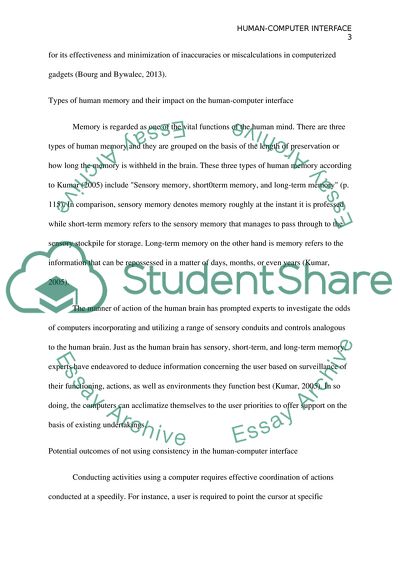Cite this document
(“The Human-Computer Interface Assignment Example | Topics and Well Written Essays - 1000 words - 2”, n.d.)
The Human-Computer Interface Assignment Example | Topics and Well Written Essays - 1000 words - 2. Retrieved from https://studentshare.org/information-technology/1654789-the-human-computer-interface
The Human-Computer Interface Assignment Example | Topics and Well Written Essays - 1000 words - 2. Retrieved from https://studentshare.org/information-technology/1654789-the-human-computer-interface
(The Human-Computer Interface Assignment Example | Topics and Well Written Essays - 1000 Words - 2)
The Human-Computer Interface Assignment Example | Topics and Well Written Essays - 1000 Words - 2. https://studentshare.org/information-technology/1654789-the-human-computer-interface.
The Human-Computer Interface Assignment Example | Topics and Well Written Essays - 1000 Words - 2. https://studentshare.org/information-technology/1654789-the-human-computer-interface.
“The Human-Computer Interface Assignment Example | Topics and Well Written Essays - 1000 Words - 2”, n.d. https://studentshare.org/information-technology/1654789-the-human-computer-interface.


